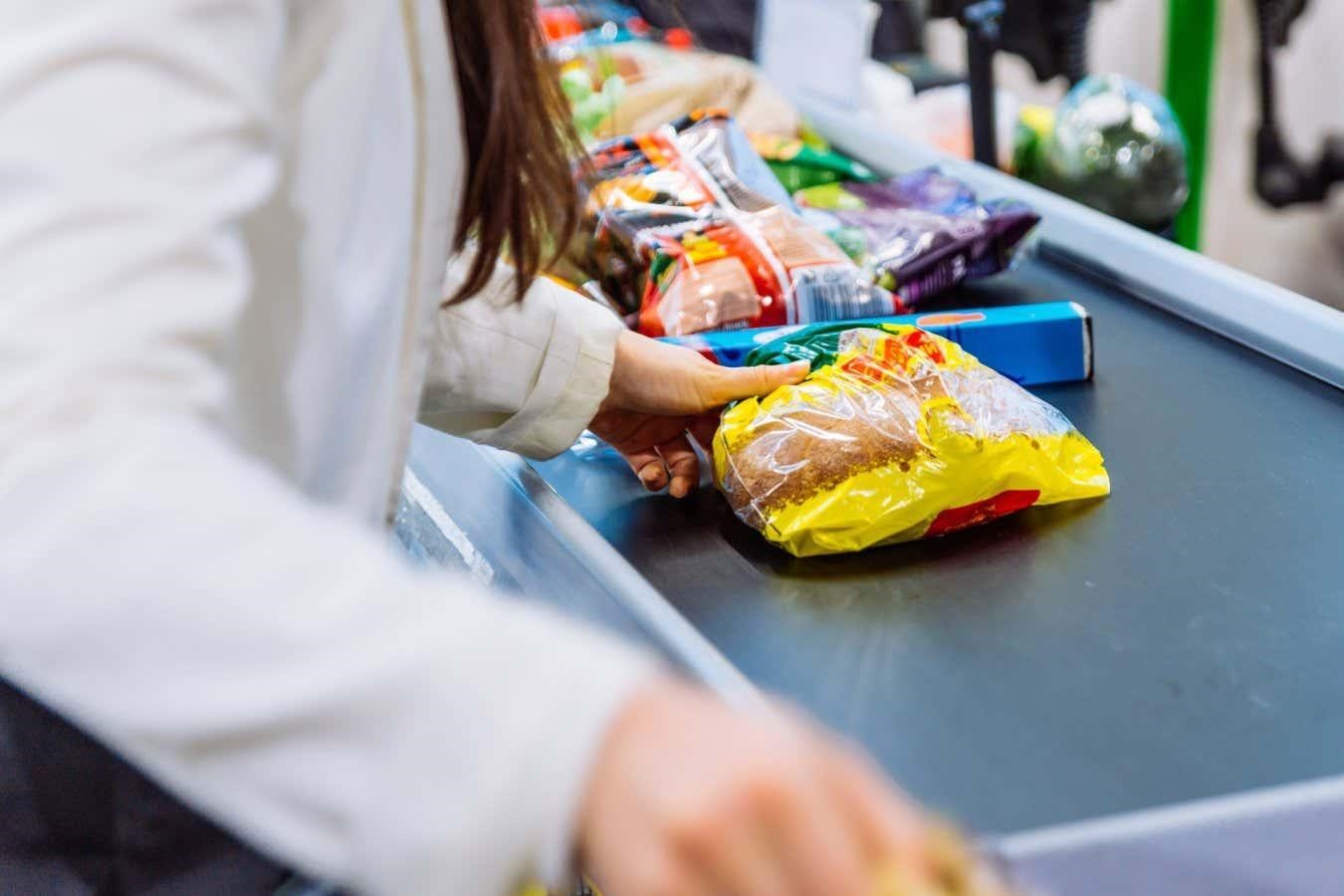How can you ensure you use the fewest bags when loading your shopping? A dash of maths will help, says Peter Rowlett.
You have heaped your shopping on the supermarket conveyor belt and a friendly member of the checkout staff is scanning it through. Items are coming thick and fast and you would like to get them in as few bags as possible. What is your strategy?
This is an example of an optimisation problem, from an area of maths called operational research. One important question is, what are you trying to optimise? Are you thinking about the weight of the items, or how much space they will take up? Do you guess how many bags you might need and start filling that many, or put everything in one until you need to start another?
We design algorithms to solve packing problems when they come up at a larger scale than your weekly shop, like making better use of warehouse space or fitting boxes into delivery vans. Similar algorithms are used for cutting raw materials with minimal waste and storing data on servers.
Bag-packing algorithms generally involve placing items into a single bag until you get to one that won’t fit because you have hit a maximum weight or size. When necessary, you open a second bag, and each time you reach an item that won’t fit in an existing bag, you start a new one.
If you are filling multiple bags at once, it is likely you will come across an item that could fit in more than one bag. Which do you choose? There is no clear best answer, but different algorithms give different ways to make this decision. We are looking for rules that can be applied without detailed thought. You might have more subtle requirements, like putting two items in the same bag because they go in the same cupboard at home, but here we want the kind of simple rule a computer program can mindlessly apply to get the most efficient outcomes, using the fewest bags, every time.
One algorithm we could employ is called first fit. For each new item, you look through the bags in the order you opened them, placing the item in the first one it fits in. An advantage is that this is quick to implement, but it can overlook options and end up using more bags than needed.
An alternative that often uses fewer bags overall is called worst fit. When faced with a choice, you look through the currently open bags for the one with the most space and place the item there.
These algorithms work more effectively if you handle the objects in decreasing order – packing the largest or heaviest first will usually need fewer bags.
So now you are armed with a secret weapon for packing: the worst-fit decreasing algorithm. The next time you are in the checkout line, load your bulkiest shopping onto the conveyor belt first, and always put items in the bag with the most space available – it might just help you use fewer bags overall.
For more such insights, log into www.international-maths-challenge.com.
*Credit for article given to Peter Rowlett*


